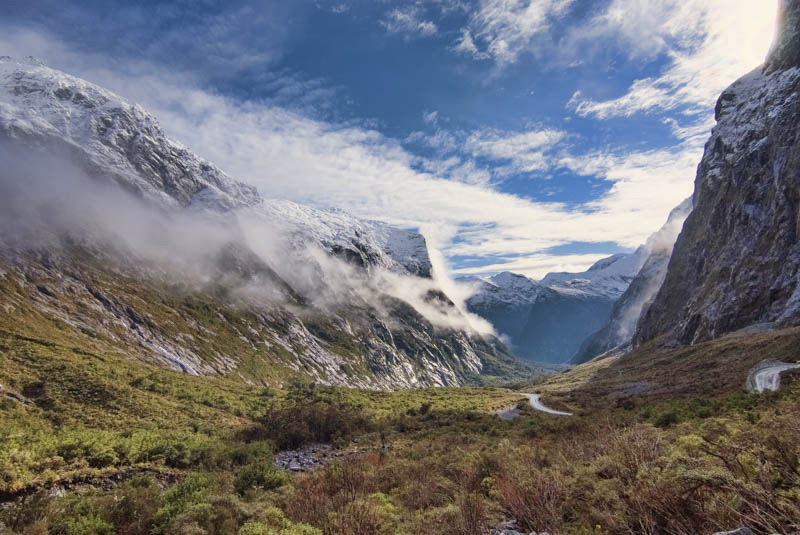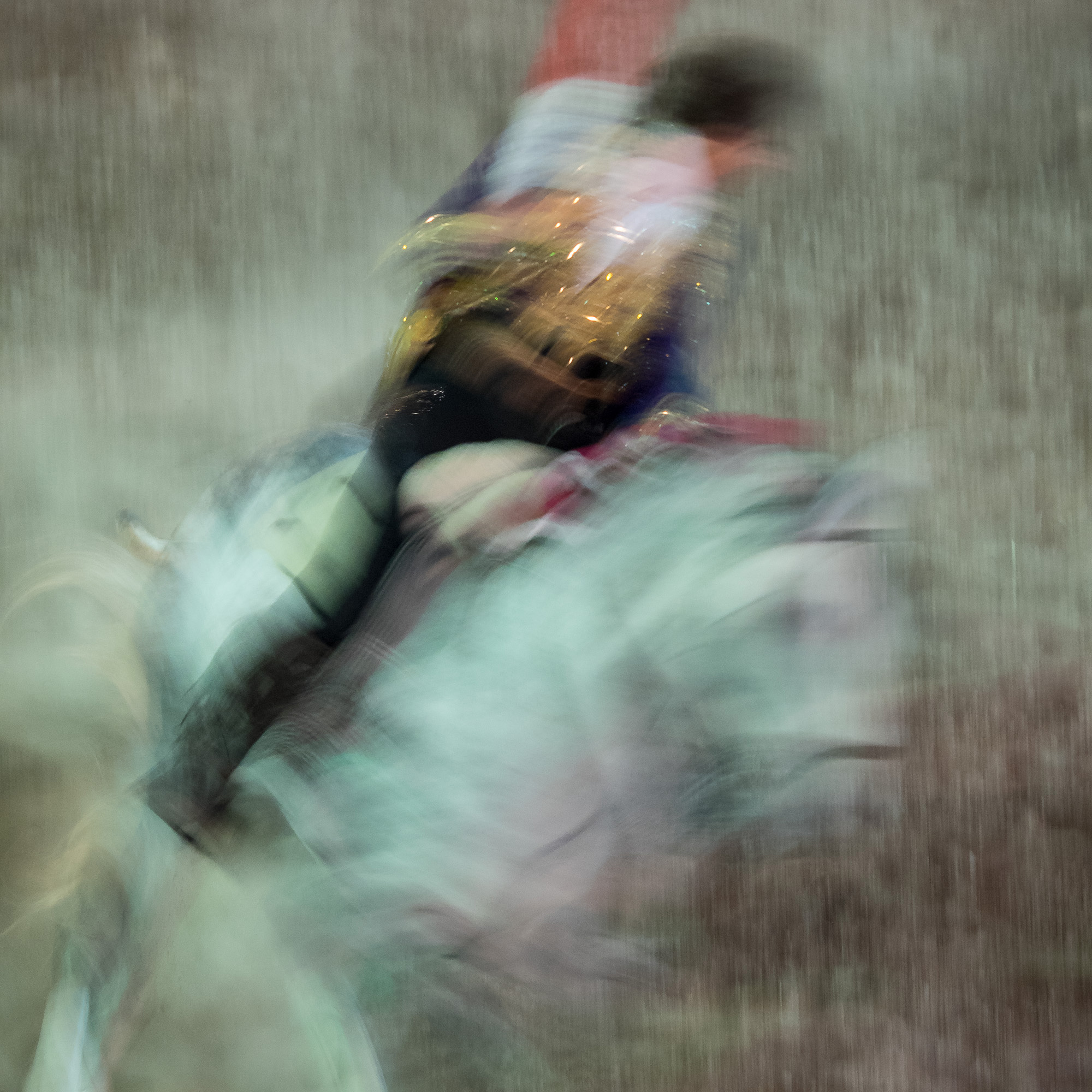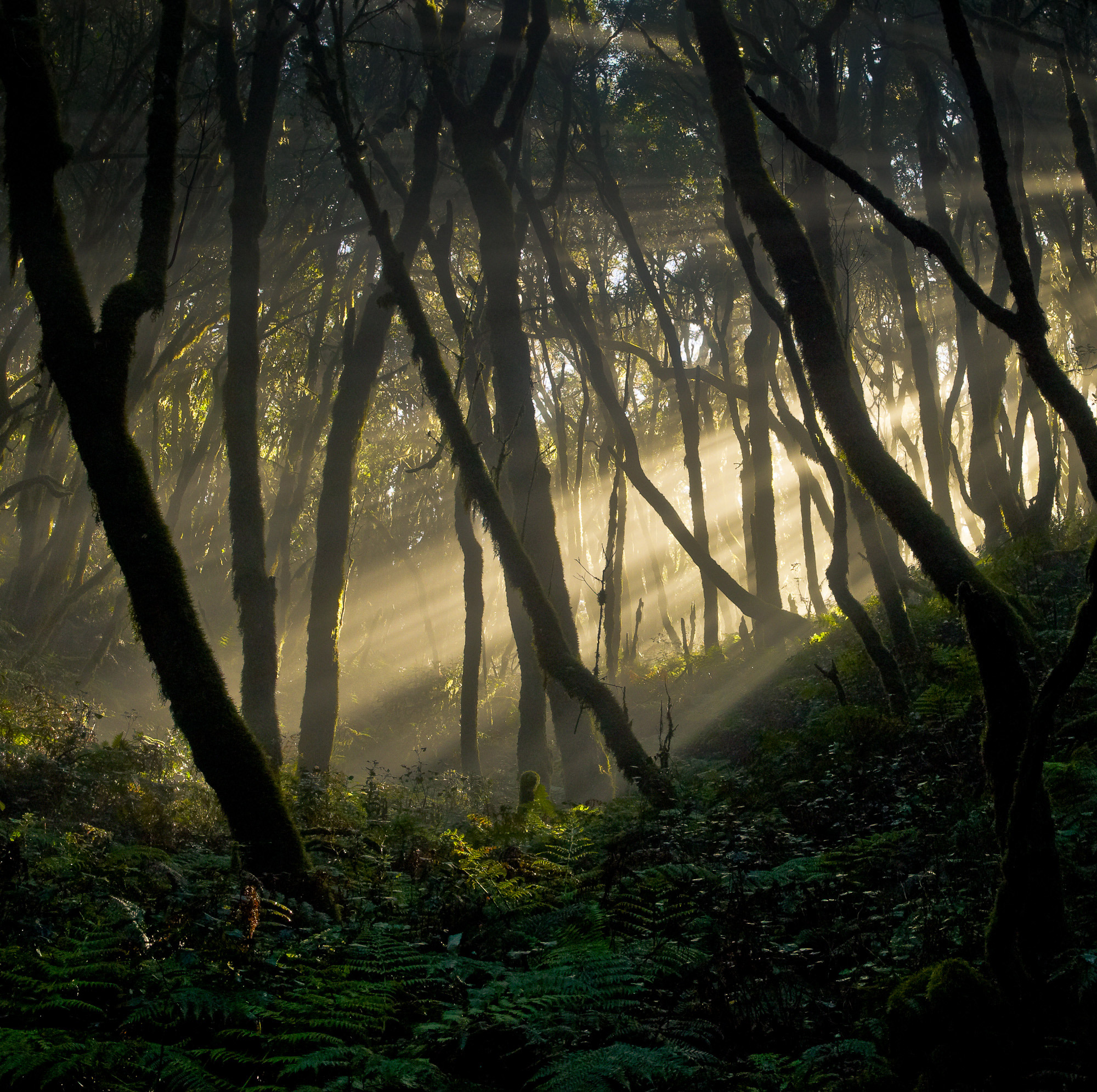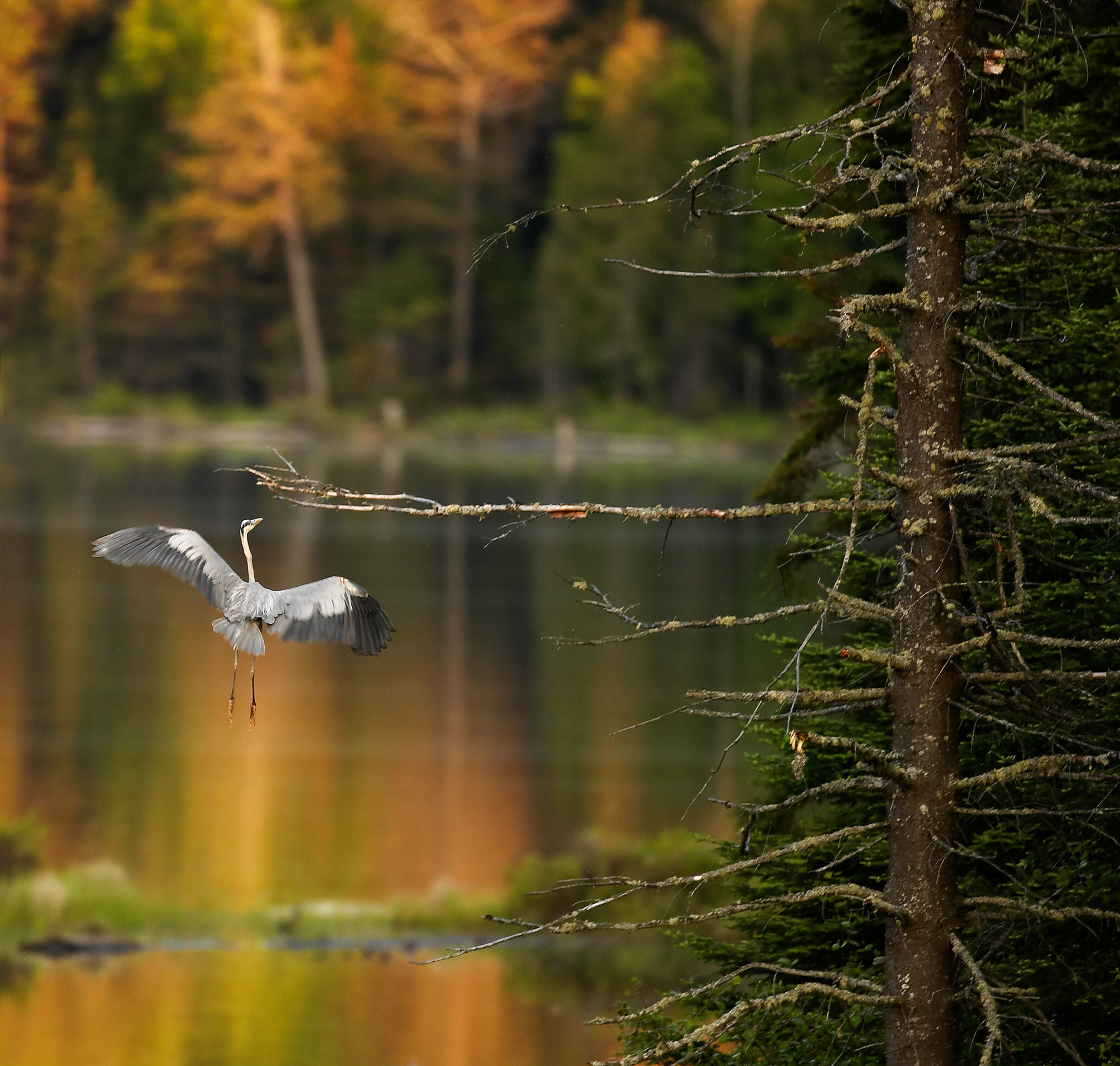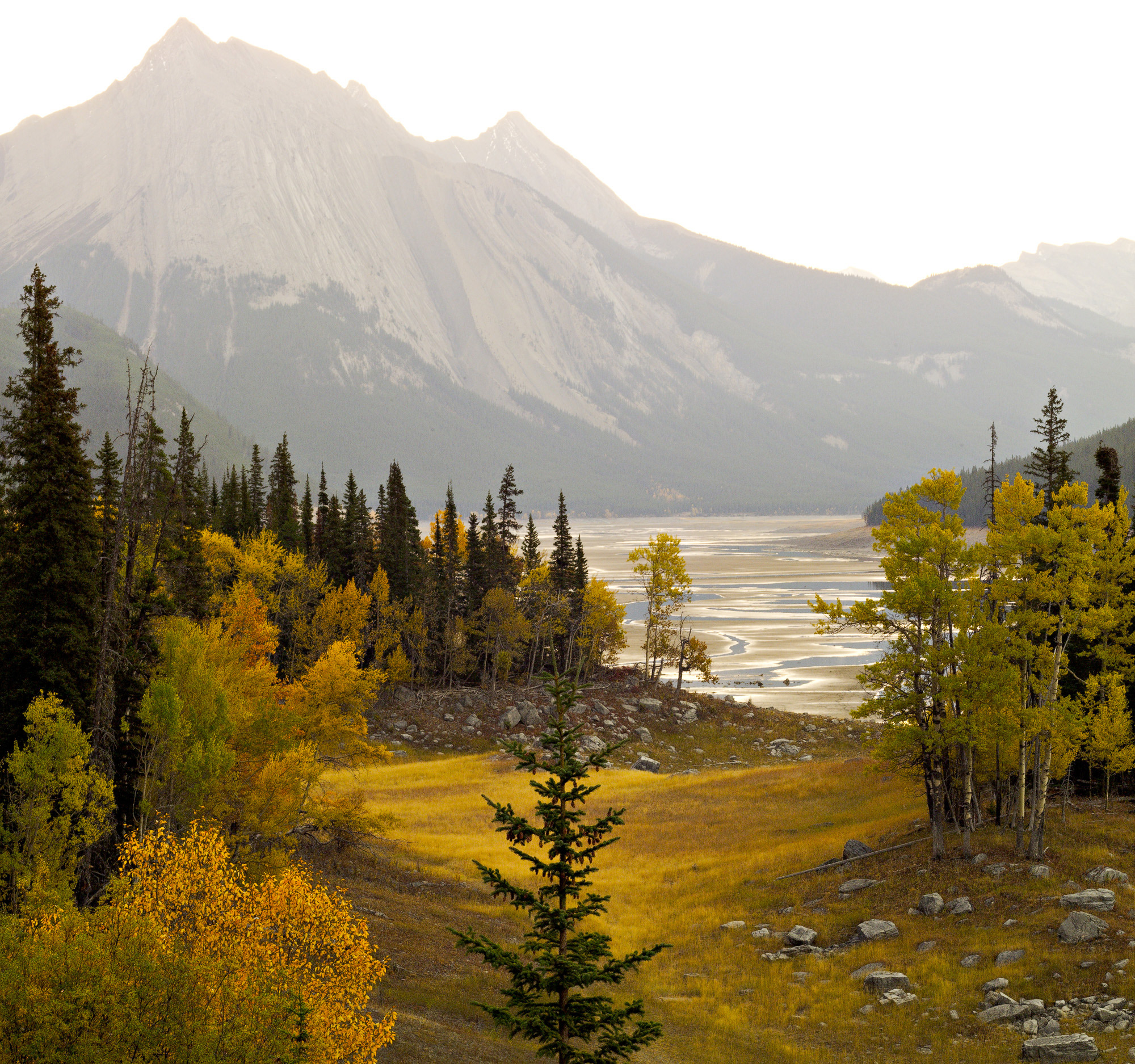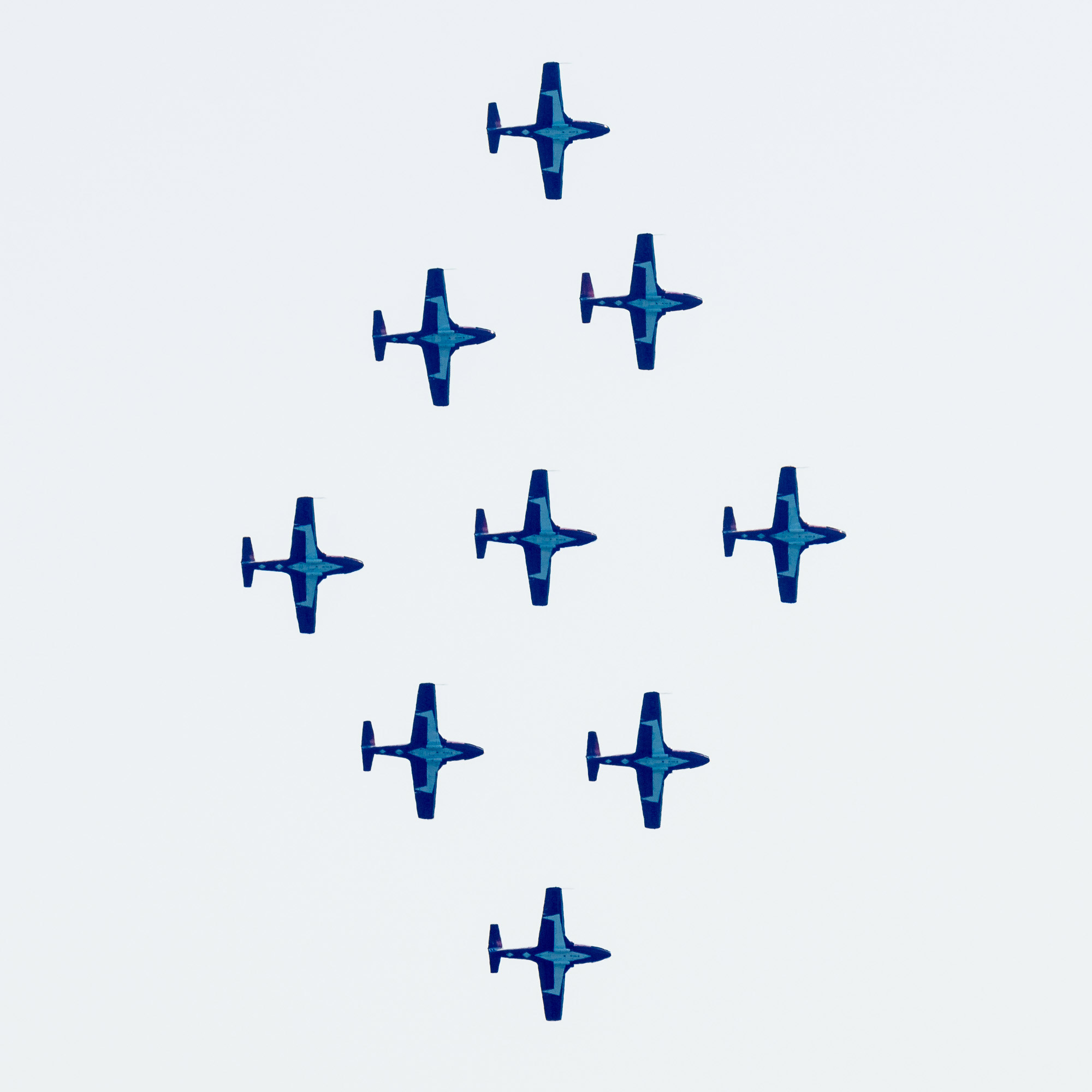When I began taking landscape photographs my primary interest was in capturing the scenery in front of the lens. After all, isn’t that what it’s all about? After several years I realised that few of the photographs I took really excited me and so I began to explore what was missing in either my technique or composition. It wasn’t that there was anything wrong with my images, they just didn’t match the need I felt to speak with an original voice.
Quite by chance I came across a quotation from Paul Klee’s “Creative Credo” in which he says: “Art does not reproduce the visible; rather it makes visible.” Looking at my work I realised that it was merely reproducing what was in front of the lens. The images lacked, for want of a better term, a soul, and I knew that I had not yet found a voice with which to speak about landscape.
Losing faith in your own ability to capture images is one of the most difficult things a photographer has to face. Finding a voice is a deeply personal thing and not the sort of thing you can learn from manuals and textbooks.
I can remember standing at dawn by a beautiful lake in New Zealand and taking in the huge vista in front of me. Quite literally there before me was a 360 degree panorama of quite extraordinary beauty lit by a pale pink sky. Yet it seemed incredible that there was nothing there to satisfy me. I took the photograph below knowing that it was a cliché and without any real substance other than a superficial “prettiness”.

I was not saying anything about landscape. Many of the things we learn seem so obvious once we have mastered them, but that process can be a long one. It took me many years to discover that my photography had to be about language not about content. The trouble was I didn’t know what language I was supposed to speak.
The fundamental question I asked myself was: “What exactly do I have to say about landscape?” If it’s just that there are beautiful sunsets and pretty lakes then I am just repeating what others have said. The journey to find my own voice began the moment I realised that so many of the photographs I admired by other photographers were, in fact, metaphors. Their images took me to another place − to somewhere other than the subject of the photograph. They took me to an internal place where I remembered an experience or felt an emotion. In a strange way the photograph “echoed” inside my mind. The image had suddenly come alive for me internally. I had no way of telling if it spoke in the same way to others but that didn’t matter. It was enough that it spoke to me.
The two images below illustrate the distinction between an image that speaks to others and one that speaks mostly to me. The first image is, to me, beautiful but somewhat sterile. The second lacks definition and breaks so many rules about composition that it would probably never be accepted in a club competition. However, I have come to realise that the most important thing is to follow my own internal voice rather than worry about an audience.


For many years I rejected the photos I took on cloudy, rainy days because they didn’t conform to the idea I had of what a landscape photo should be. I felt they also, perhaps, showed a part of me I was not keen to expose − I have periods of depression and these photos reflected part of that aspect of my personality.

Instead I chose sunny, tranquil scenes which spoke of grandeur and beauty but not much else. Now when I look at them I realise that these images have a surface beauty but nothing underneath.
I began to accept that my voice was partly a voice that wanted to express uncertainty and a sense of being lost some of the time. Explaining this voice is difficult and it has taken me several years to find the way to express myself in a more personal way through my camera.

Because I photograph New Zealand’s landscape there is often an expectation that my images will have that “Lord of The Rings’ quality of grandeur and space. I found it difficult to accept that, when I showed others my portfolio, viewers were much more impressed by the classic landscape shots than by the more “challenging” shots.
I realised that when Klee talks about “making visible” he means that the artist can make us see the familiar in a different way. The act of composition challenges the viewer to examine what we see more carefully rather than pass over with a glance.
 If the photographer can get the viewer to ask the question: “What do I see here?” rather than “What is the subject of this image?” then the photograph has captured a part of the mind that is about understanding rather than seeing.
If the photographer can get the viewer to ask the question: “What do I see here?” rather than “What is the subject of this image?” then the photograph has captured a part of the mind that is about understanding rather than seeing.
If photographers can go one stage further and get the viewer to ask the question: “What does this image mean to me?” then we have done something really important. We have connected the external landscape in front of the lens with some internal landscape in the mind of the viewer. It could be a memory or an experience or an emotion.

No painting or photograph can be a two-way conversation. In some respects an image is like a message in a bottle. Artists cast their messages adrift but have no idea who will find them, or if the person who finds them can ‘read’ them. There is a certain loneliness in this one-way conversation but also a certain quiet satisfaction. I know that across oceans and continents my voice may find a listener who understands. That is why I do what I do.

Read this story and all the best stories on The Luminous Landscape
The author has made this story available to Luminous Landscape members only. Upgrade to get instant access to this story and other benefits available only to members.
Why choose us?
Luminous-Landscape is a membership site. Our website contains over 5300 articles on almost every topic, camera, lens and printer you can imagine. Our membership model is simple, just $2 a month ($24.00 USD a year). This $24 gains you access to a wealth of information including all our past and future video tutorials on such topics as Lightroom, Capture One, Printing, file management and dozens of interviews and travel videos.
- New Articles every few days
- All original content found nowhere else on the web
- No Pop Up Google Sense ads – Our advertisers are photo related
- Download/stream video to any device
- NEW videos monthly
- Top well-known photographer contributors
- Posts from industry leaders
- Speciality Photography Workshops
- Mobile device scalable
- Exclusive video interviews
- Special vendor offers for members
- Hands On Product reviews
- FREE – User Forum. One of the most read user forums on the internet
- Access to our community Buy and Sell pages; for members only.


